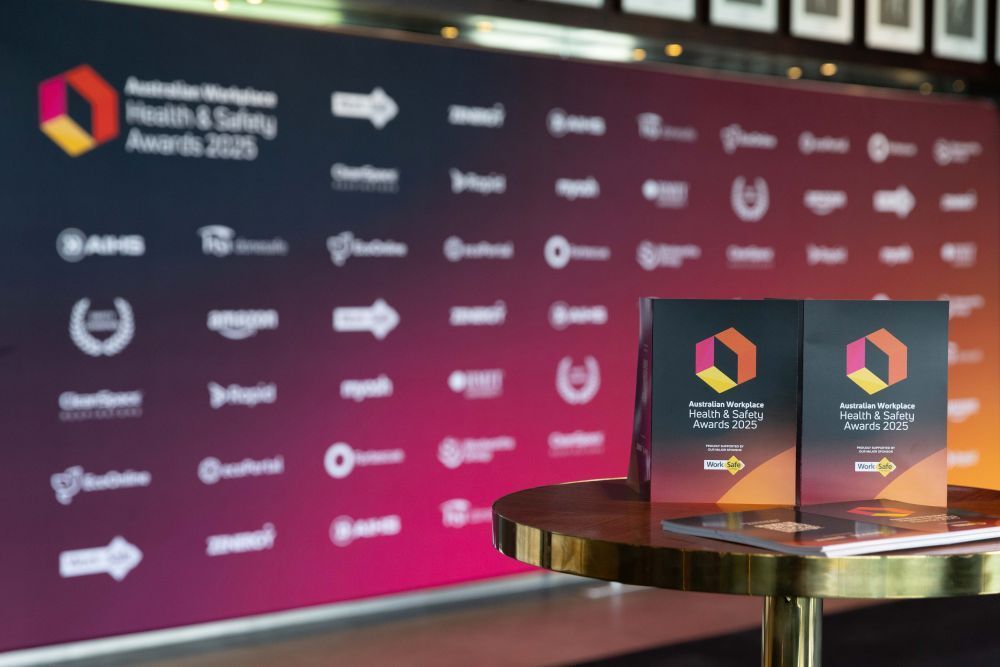What does good safety leadership look like?
There has been a tendency as of late for businesses to look at health and safety as its own separate entity – examining its successes and failures as a unit instead of as a part of the wider organisation. The fact that leaders ask us about what makes up good safety leadership is proof of this separation.
The bottom line is good safety leadership is good leadership, period. In order for a strong and effective safety culture to thrive in your business you need your team members to be engaged, productive and motivated. These are the same basic indicators of good leadership. A strong safety culture is built into the roots of a company, it’s a function of good engagement.
If you are concerned about the current state of safety in your business, it usually means you have a disconnect somewhere deeper. So, where should you be looking? And how can you improve these core drivers and ensure they reach your safety functions as well?
If you’re not concerned about the current state of safety in your business, it probably also means you have a disconnect somewhere. You should always have a level of constant unease about the safety of your people. It’s this level of unease that causes us to strive for better performance.
Communication
The first thing you should examine internally is the current state of your company’s communication. How well are things communicated across departments and teams? Do your employees feel like they are effectively notified when things are changing? Are they briefed on what it means for their day-to-day tasks?
When you see things like compliance and safety standards slipping, the first area to focus on should always be communication.
This is of increased importance when it comes to safety. For example, how do you deal with shifts in procedure due to new regulations? Do people have ample understanding of what they need to do to comply?
It’s a business basic that strong and effective communication lies at the heart of any successful company. Yet, amidst the bustle of a growing business, it can be easy to let communication fall to the wayside. When you see things like compliance and safety standards slipping, the first area to focus on should always be communication. If your team doesn’t know what they are supposed to be doing and why, how can you expect them to stay safe? Have you communicated to all staff (including contractors) what they are supposed to be doing?
Engagement
If communication is the heart of business success, than employee engagement is the backbone. Companies without an engaged staff don’t stand a chance.
Consider this: A recent Gallup poll found that companies marked in the bottom quartile for employee engagement had low levels of profitability,
productivity and retention. Failing to invest in engaging your team in meaningful and proactive ways will result in much more than a poor safety culture, it could be the breaking point for your company.
Leaders need to hone in on different ways they can incentivise and motivate staff. Start by clearly defining employee engagement. What does employee engagement look like in your organisation? Is it measured by productivity or staff satisfaction? Once you pinpoint the key indicators you can start putting measures in place to improve.
Engaged workers are safer workers – when your team is engaged, they will also be safer workers overall.
Accountability
Accountability is largely a byproduct of good communication and engagement but it’s of the utmost importance for any organisation. You need your team to feel responsible for their role in the organisation. When they do feel as though they are held accountable for their contributions (for better or worse) they will be more invested in putting their best foot forward.
You need to address core leadership deficiencies in order to ensure you are running a safe business.
How do you accomplish this? It predominantly stems from communicating what is expected of every team, and even every individual, and then having the relevant repercussions in place for not delivering on these expectations. Once you have achieved this, you will have a team that not only delivers on safety outcomes but functions more effectively as a whole.
Specifically being able to answer the below questions will have you heading in the right direction.
Have you set the standard?
Have you communicated the standard?
Are you absolutely certain that everyone (including contractors) in your organisation understand that standard – beyond any doubt?
Do you and your leaders / supervisors have an uncompromising commitment to maintaining that standard?
Are there consequences for people who choose not to maintain that standard?
Are people recognised / rewarded for constantly maintaining or exceeding that standard?
Why does strong safety leadership matter?
Bad safety leads to bad business and vice versa. You need to address core leadership deficiencies in order to ensure you are running a safe and profitable business for the long term. To learn more about how to achieve this through training and applicable practice, reach out to one of our Zenergy team members.






